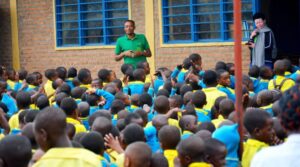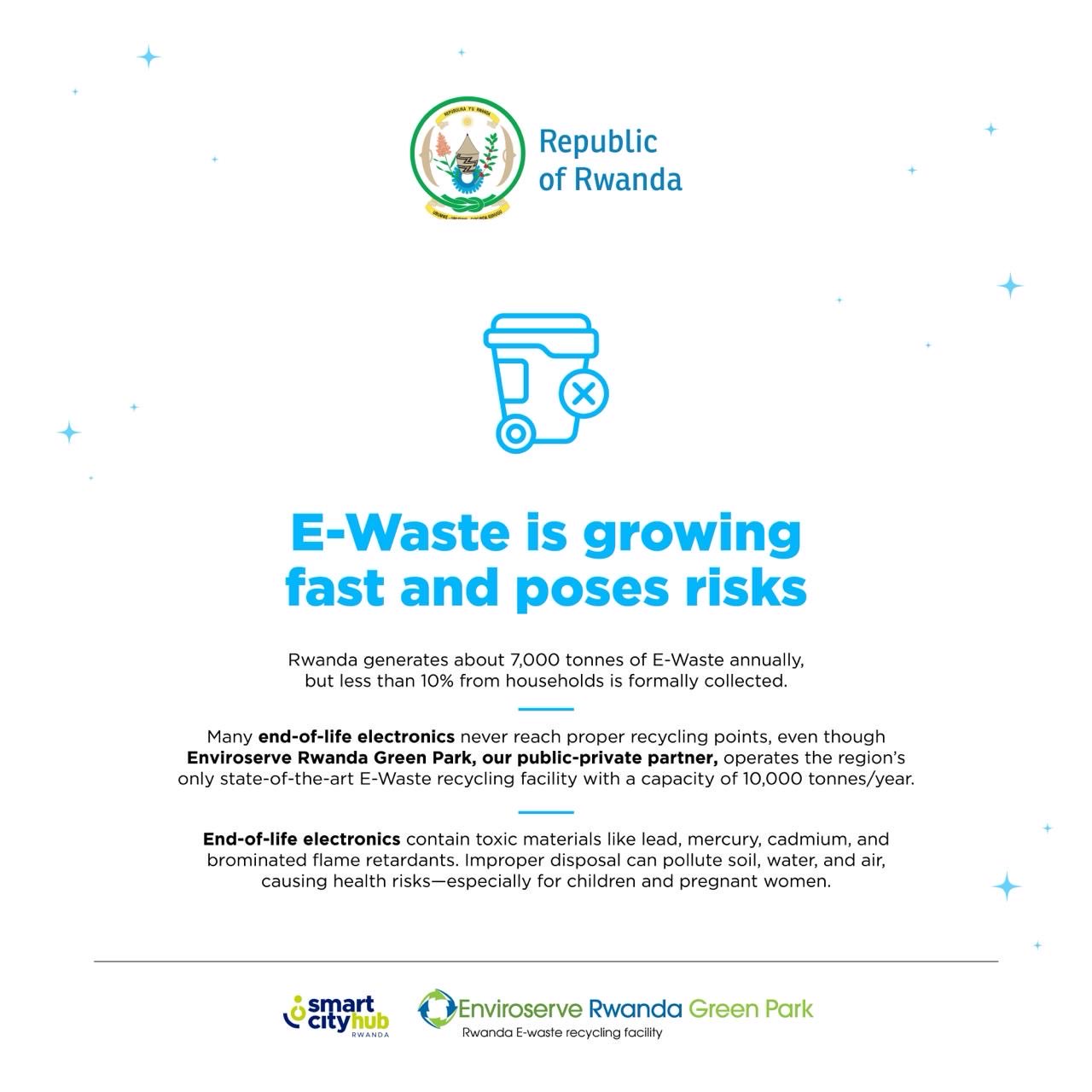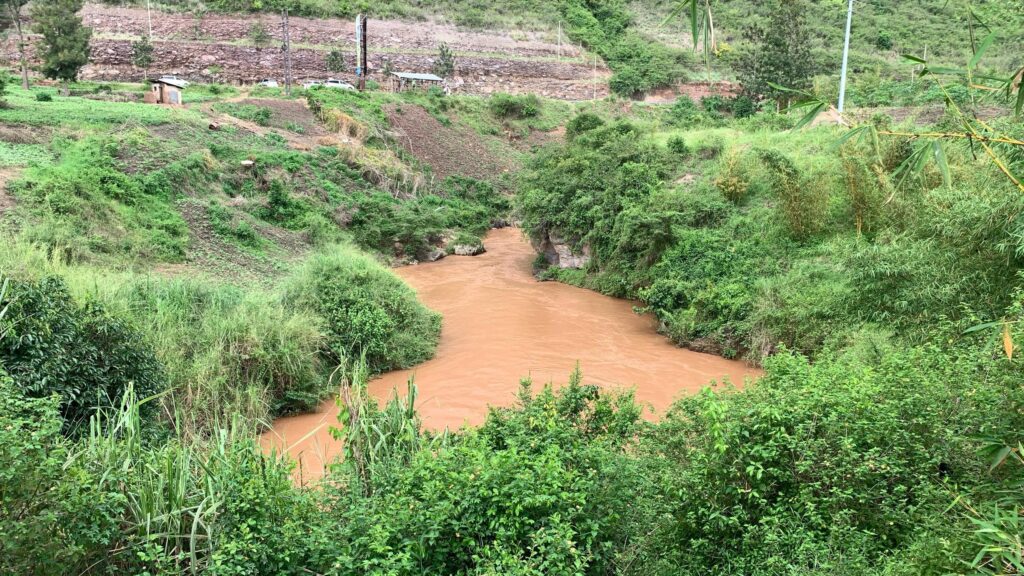
Umuvumba river catchment/photo by Eric TWAHIRWA
Nyagatare District in Eastern province of Rwanda has emerged as a fertile land ideal for agriculture and livestock. However, over the years, the region became increasingly vulnerable to climate change, exacerbated by unsustainable land use practices, including deforestation of what once formed part of Akagera National Park.
Today, things are changing after the introduction of Rwanda’s National Adaptation Plan (NAP) project led by Rwanda Environment Management Authority (REMA), With a budget exceeding Rwf 1.1 billion, the NAP initiative is reshaping the district through a range of eco-restoration interventions aimed at climate resilience.
One of the project’s most impactful activities has been the restoration of Umuvumba river catchment, once severely degraded due to poor land use. Over 85 kilometers of riverbanks have been rehabilitated with reforestation efforts, including planting 59,572 fruit trees, and trees known locally as Imikinga, which are used for riverbank stabilization and erosion control. Additionally, 1889 hectares of land have been reforested with agroforestry species, and 261 hectares targeted specifically for anti-erosion efforts.
” Umuvumba catchment has become the lungs of Nyagatare, It provides fresh air and has restored water for irrigation, improving agricultural productivity and creating jobs. As a result, residents are now able to afford health insurance and invest in savings schemes like Ejo Heza.” said Gonzague Matsiko, the District Vice Mayor in charge of Economic Development.
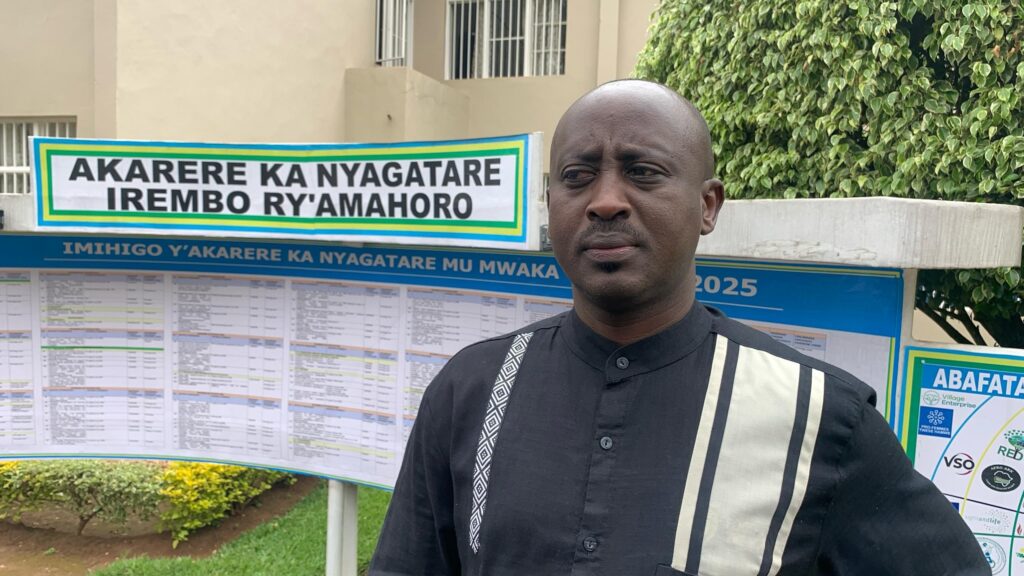
The transformation is evident on the ground. In Cyabayaga marshland, rice farmers report that their yields have doubled. Previously, floods from Umuvumba River would wash away crops and fertile soil, leaving farmers at a loss.
“Before, the river used to flood and take our crops, now that the riverbanks are protected, our rice yields have doubled. We finally see the benefits of sustainable land use” said Marc Hatangimana, a rice farmer.
Livestock keepers in Rwimiyaga sector, where shade trees had vanished from communal grazing lands are also hopeful. Through NAP, thousands of trees have been planted to restore shade, reduce heat stress on animals, and increase milk yields.
“Although the trees are still young, we believe that in a few years, our cattle will have proper shelter from the sun and rain, which will improve milk production and animal health.” A 60-year-old cattle keeper shared
Innovative farming techniques introduced by the NAP project, such as solar-powered irrigation systems, have enabled farmers to irrigate over 40 hectares of farmland sustainably, More than 100 water reservoirs have also been installed to support livestock hydration during dry seasons. Government specialist said that the impact is not only economic but also climatic: “Even during hot seasons, Nyagatare’s temperatures are now closer to colder districts like Musanze. People now wear sweaters in the evening, something that was unheard of before.” witnessed Samuel Murenzi, the District Environment Officer,
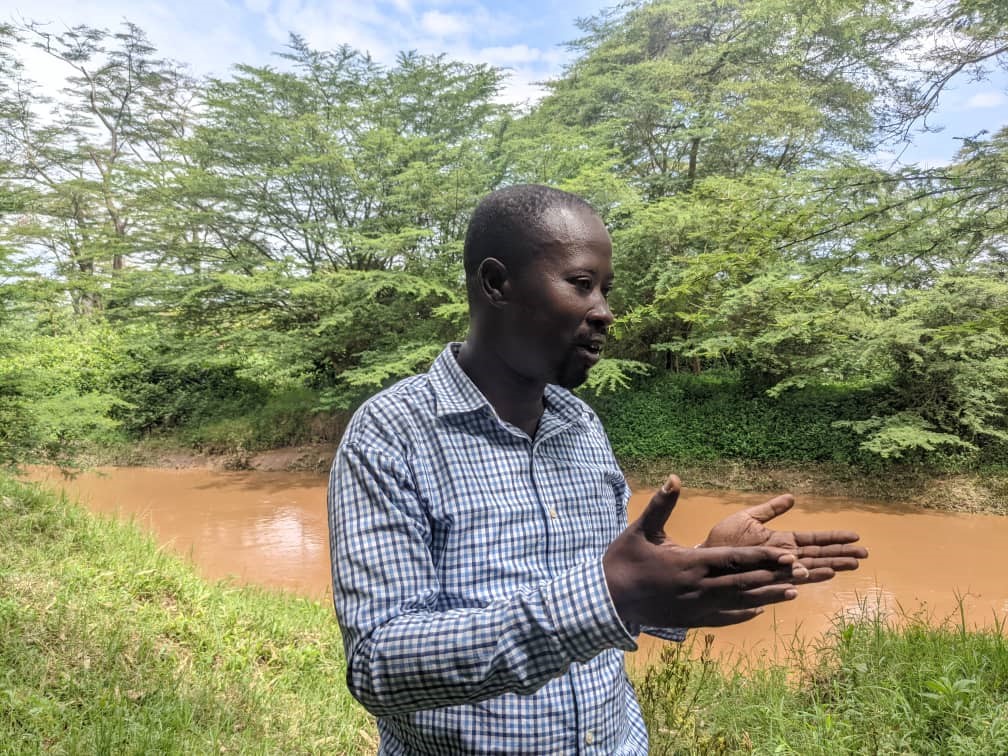
As Rwanda continues to tackle the global climate crisis at a local level, the experience in Nyagatare shows that integrating environmental restoration with community livelihoods can bring sustainable, measurable results. The success of the NAP project underscores the importance of partnerships between government, local communities, and development organizations to build resilience against climate change.





